Top Things to Know Before Starting Your Kitchen Garden
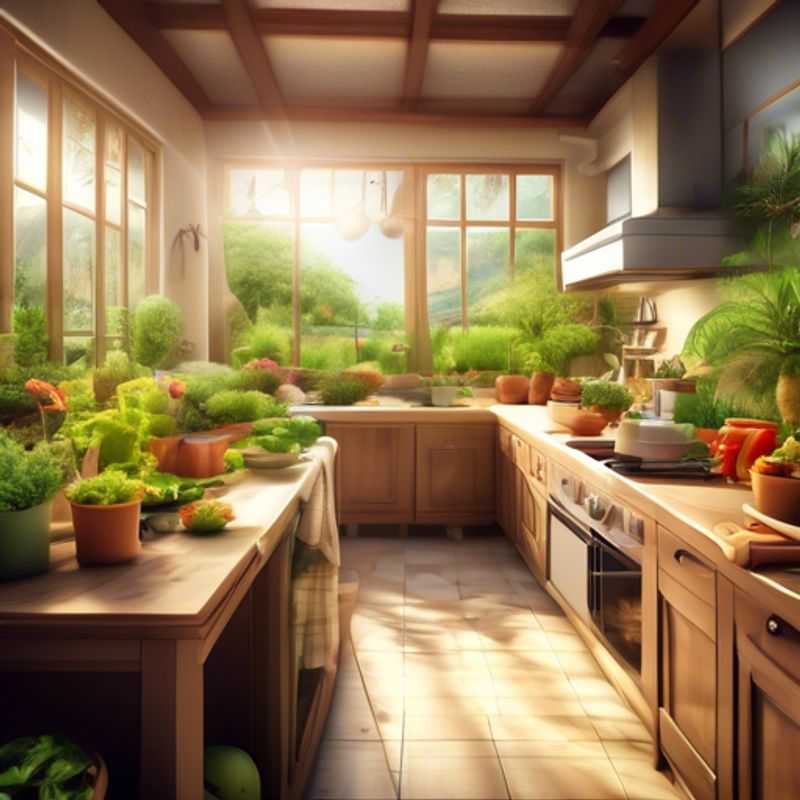
Top Things to Know Before Buying Kitchen Gardening: Space, Climate, Maintenance, Quality Tools, Watering, Pest Management, Companion Planting
Hey there, gardening enthusiasts!
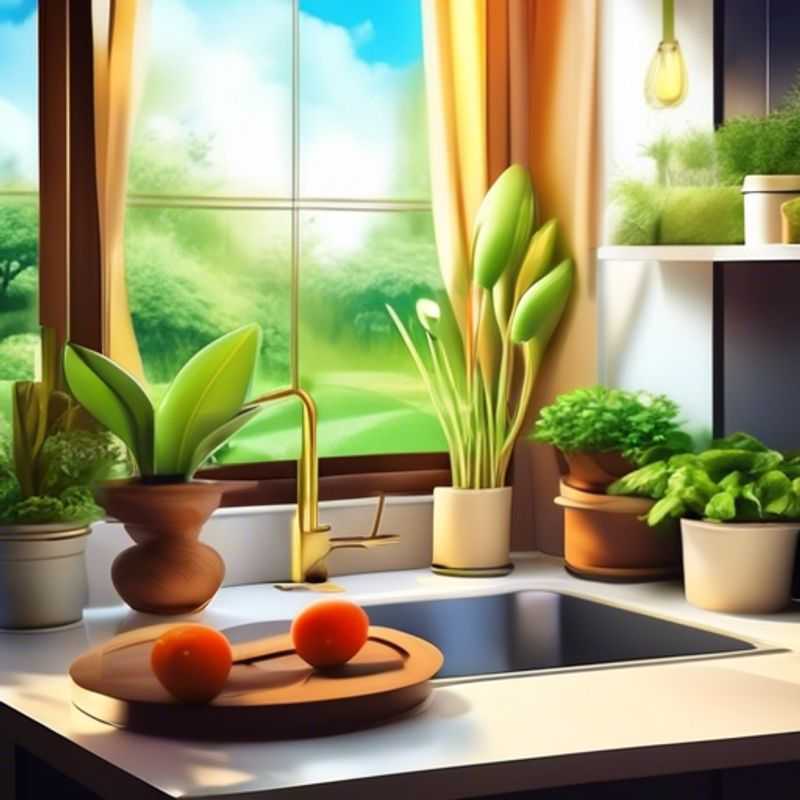
Measuring Up: How to Determine Your Kitchen or Outdoor Space for a Garden
Knowing how much space you have is crucial before starting your kitchen garden. It's about more than just fitting a few plants - it's about understanding how much space you have, where the light hits, and what you can realistically grow.
First, measure the area. For a kitchen garden, it’s usually a countertop, a shelf, or a windowsill. For an outdoor garden, measure the length and width. Don't forget to account for any obstacles, like pipes or walls.
Consider the amount of sunlight. Do you have a sunny windowsill, or a shadier corner? Some plants thrive in direct sunlight, while others need more shade. Knowing how much sunlight you have will help you choose the right plants.
If you're planning on growing herbs or small vegetables indoors, you might need additional lighting. A grow lamp can provide the extra light needed for strong growth.
It's important to think about your budget. Some plants require special soil or fertilizer, which can add up over time. Consider the cost of seed packets or seedlings, pots, soil, and any tools you might need.
Finally, think about the time you're willing to invest. Some plants are easy to care for, while others need more attention. Choose plants that fit your lifestyle and your available time.
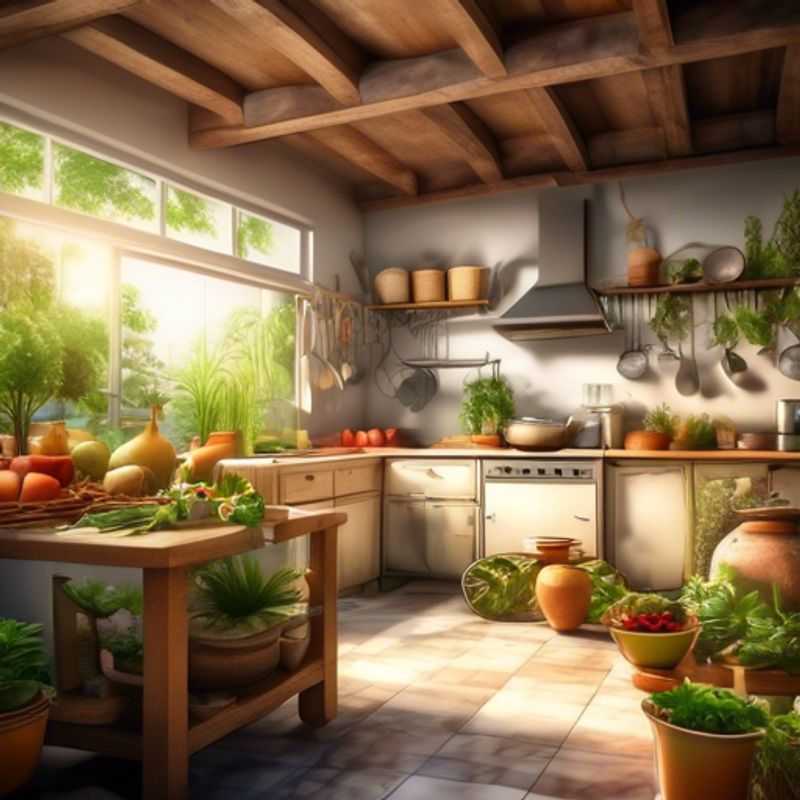
Grow Your Green Thumb: Choosing Plants Perfect for Your Climate and Light
Before you even think about stepping foot in a garden center, take a moment to understand your climate and lighting conditions. This is the foundation for choosing plants that will thrive, not just survive. Consider these factors:
Your climate: Are you in a hot, humid region? A cold, dry one? Or somewhere in between? This will determine which plants can tolerate the temperature extremes and precipitation levels in your area.
Sunlight: How much direct sunlight does your garden or planting area receive? Is it full sun (at least 6 hours), partial sun (3-6 hours), or shade (less than 3 hours)? Plants have specific light needs, and getting this wrong can lead to weak growth or even plant death.
Once you have a good grasp of your climate and light conditions, you can start researching specific plants. There are countless resources available, including online plant databases, local gardening websites, and even your local nursery. Don't be afraid to ask for help from experienced gardeners or staff at your local nursery.
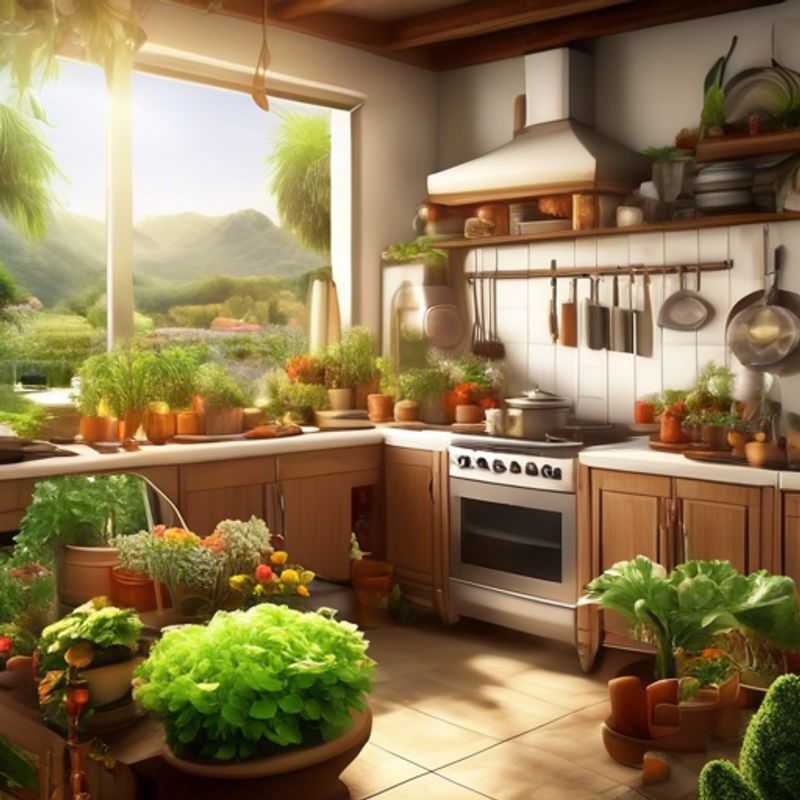
Green Thumbs Up: Maintenance Matters When Choosing Plants
Choosing the right plants for your garden is crucial for a thriving and enjoyable experience. It's not just about aesthetics, but also about understanding the maintenance requirements. Each plant has specific needs, and neglecting them can lead to unhealthy growth or even plant death.
Before you choose, consider these factors:
Watering: Some plants need daily watering, while others thrive on infrequent watering. Understand the water needs of the plants you're considering.
Sunlight: Plants require different amounts of sunlight. Decide where you'll place your plants and whether they'll receive full sun, partial shade, or full shade.
Fertilizing: Certain plants require regular fertilization to provide them with the necessary nutrients. Determine if your chosen plants need fertilizer and how often.
Pruning: Some plants require regular pruning to maintain their shape and health. Plan for this when selecting plants, as it can be a time-consuming task.
Pest and Disease Control: Certain plants are more susceptible to pests and diseases than others. Research the plants you choose to understand their vulnerability and the best strategies for prevention and treatment.
By taking the time to understand the maintenance requirements, you can choose plants that will thrive in your garden, minimizing your workload and maximizing your enjoyment.
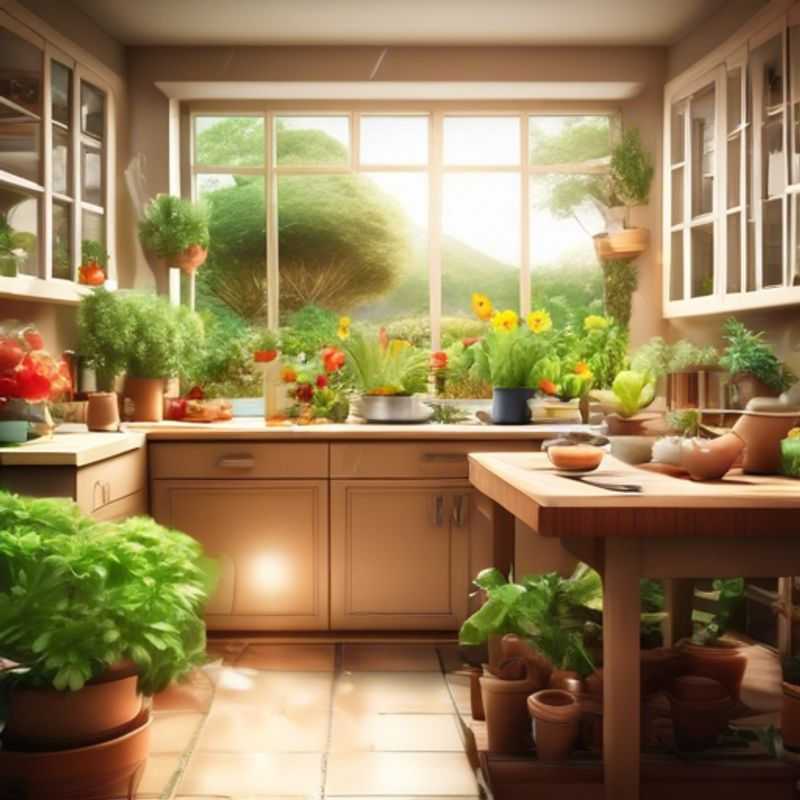
Invest in Quality: Soil, Containers, and Tools for Thriving Gardens
Investing in quality soil, containers, and gardening tools is crucial for optimal plant growth. High-quality soil provides essential nutrients and promotes healthy root development. Choose a soil mix appropriate for your plants' specific needs.
Containers should be the right size and material for your plants, allowing for proper drainage and aeration. Consider the plant's mature size and root system when selecting containers.
Gardening tools like trowels, hand rakes, and pruning shears are essential for planting, weeding, and maintaining your plants. Choose durable and comfortable tools that fit your hand size and gardening needs.
Investing in quality soil, containers, and tools may seem like an upfront expense, but it will ultimately save you time and money in the long run. These investments ensure your plants thrive, resulting in beautiful and healthy gardens.
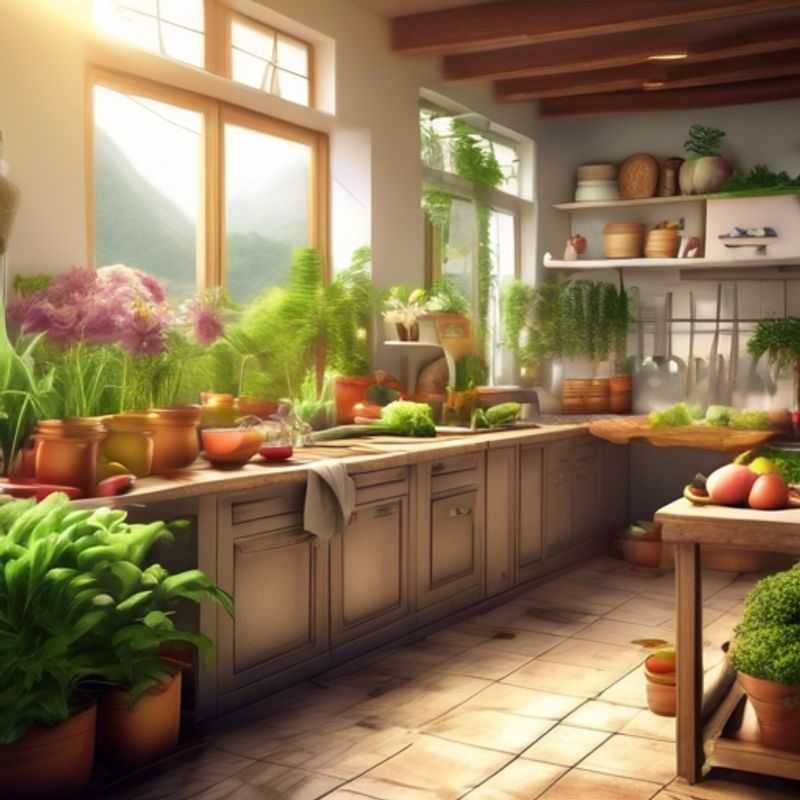
Watering Wisdom: The Perfect Schedule and Techniques for Your Plants
Watering your plants properly is essential for their health and vitality. Here's a quick guide to help you get started.
Understand Your Plant's Needs: Every plant has unique water requirements. Some thrive on regular moisture while others prefer drier conditions. Research your specific plant type to determine its water needs.
Check the Soil: The best way to know when to water is by checking the soil moisture. Stick your finger about an inch into the soil. If it feels dry, it's time to water.
Water Deeply: When you water, do it thoroughly. Water until the soil is evenly moist, but avoid overwatering. Overwatering can lead to root rot.
Watering Techniques: Different techniques suit different plants. Use a watering can with a gentle rose for delicate plants, while larger plants may benefit from soaking with a hose.
Avoid Watering in the Evening: Watering late in the day can leave your plants wet overnight, increasing the risk of fungal diseases.
Consider Potting Mix: The type of potting mix you use can also affect watering frequency. Well-draining mixes require more frequent watering than heavy, clay-based mixes.
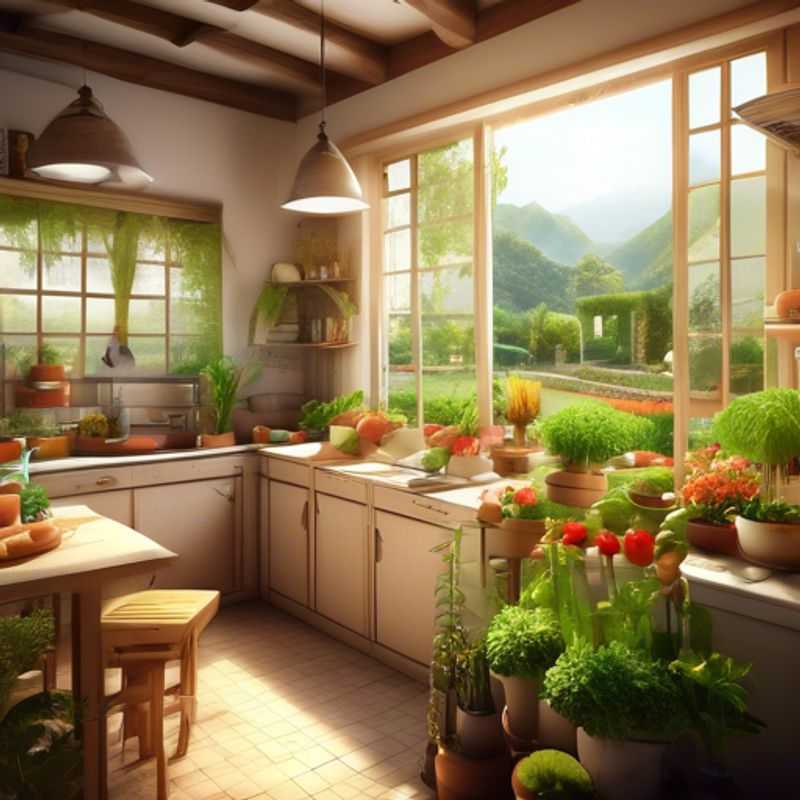
Protect Your Garden Paradise: Pest Management Strategies for Green Thumbs
Protecting your garden from pesky critters is a crucial step towards a thriving and bountiful harvest. Here's a quick guide to help you get started.
Know Your Enemy: Identifying the specific pests causing trouble is the first step. This allows you to tailor your control methods effectively.
Prevention is Key: Healthy plants are less susceptible to pests. Make sure your garden has good drainage, adequate sunlight, and appropriate spacing between plants. This minimizes stress and encourages strong growth.
Natural Solutions: Start with non-toxic options. Companion planting – intercropping with plants that repel pests – is a natural and effective method. Introducing beneficial insects like ladybugs and lacewings can also help control populations.
Chemical Control (Use with Caution): If natural methods fail, consider using pesticides. Always read the label carefully and follow instructions. Choose products specifically designed for your target pest to minimize harm to beneficial insects and the environment.
Integrated Pest Management (IPM): This approach combines all the strategies above, using a multi-faceted approach to manage pests. IPM emphasizes prevention and ecological solutions, resorting to chemical intervention only as a last resort.
Remember, pest control is an ongoing process. Regular inspection, early intervention, and a balanced approach are key to a healthy and productive garden.
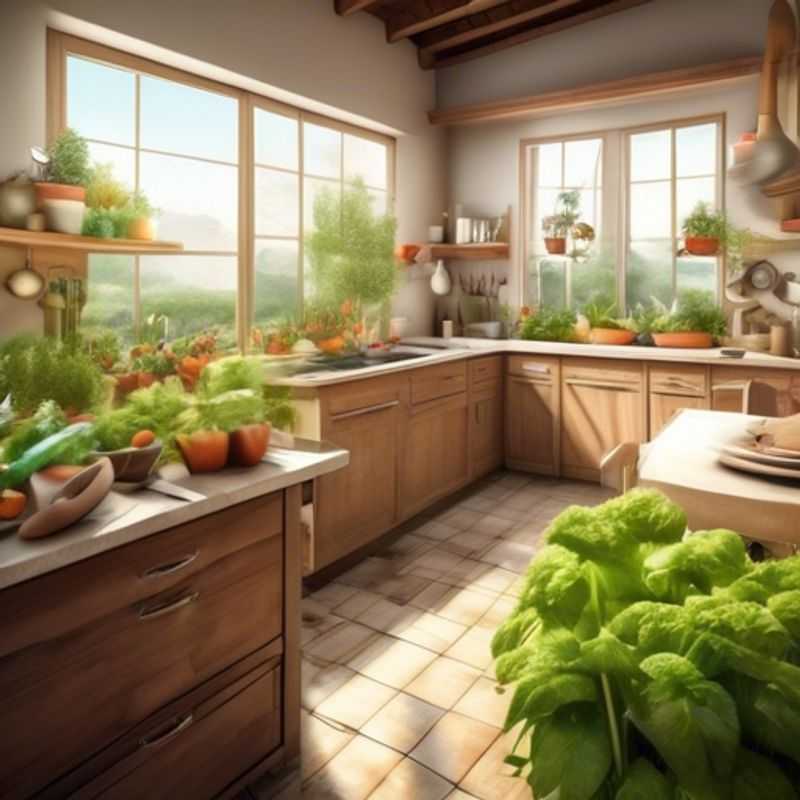
Companion Planting: Boosting Plant Health Through Synergy
Companion planting is a gardening technique where you strategically plant different species of plants together to improve their overall health and yield. This can involve using plants to repel pests, attract beneficial insects, or enhance nutrient uptake.
The most important thing to remember is that not all plant combinations work well together. Some plants may actually inhibit the growth of others. It's crucial to research and understand the specific benefits and drawbacks of different companion plant pairings.
For example, planting basil near tomatoes can deter tomato hornworms, while planting marigolds near roses can repel aphids. Other benefits include:
* **Increased nutrient availability:** Some plants can help others access nutrients more effectively. For example, legumes like beans and peas can fix nitrogen in the soil, making it available for other plants to use.
* **Improved pollination:** Attracting beneficial insects like bees and butterflies to your garden can increase pollination rates, leading to a higher fruit and seed yield.
* **Pest control:** Certain plants can naturally repel or attract predators of common garden pests.
Before implementing companion planting, consider the space requirements, growth habits, and potential compatibility issues of the plants you want to pair. You can find plenty of resources online and in gardening books to guide your companion planting choices.
